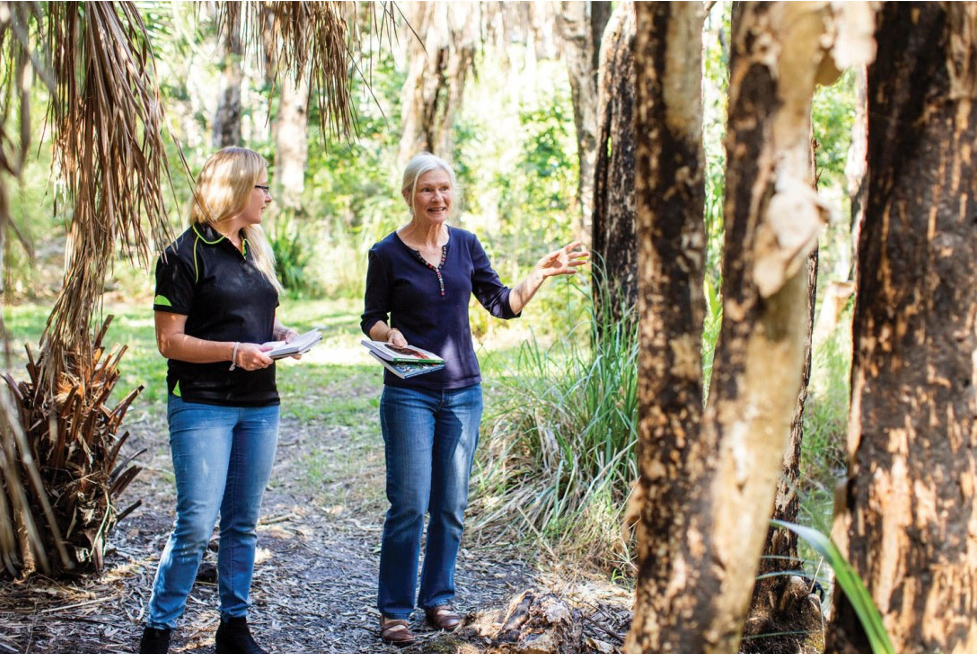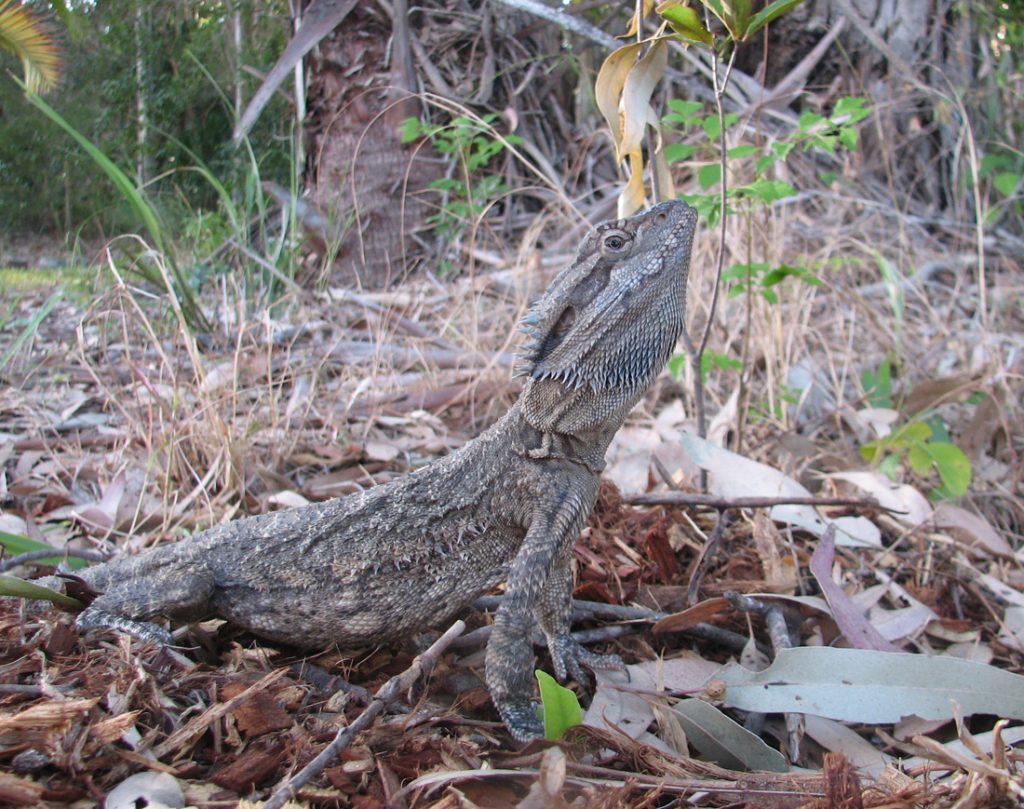Book Review in Land for Wildlife Magazine November 2020
Very happy to announce that the very kind folks at Land for Wildlife South East Queensland magazine have published a book review for Caring for Australian Wildlife on page 13 of the latest issue. Take a more detailed look here: Download PDF magazine










